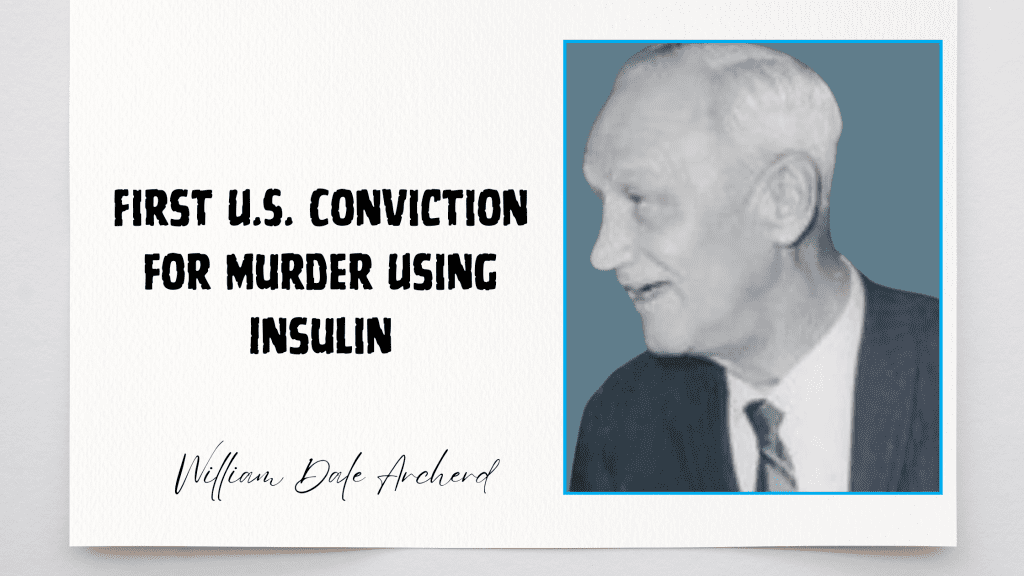Joel Rifkin, one of America’s most infamous serial killers, is known for the gruesome murders of nine women in the late 1980s and early 1990s. His chilling story reveals a disturbed individual who carried out heinous crimes while managing to evade detection for years. This article delves into his life, crimes, and the investigation that ultimately brought him to justice.
Early Life and Troubled Beginnings
Born on January 20, 1959, in New York, Joel Rifkin was adopted by Bernard and Jeanne Rifkin. He had a turbulent childhood marked by bullying and social isolation. Rifkin struggled academically, suffering from undiagnosed dyslexia, and found solace in solitude. His fascination with violence began at a young age, influenced by crime novels and films.
Rifkin’s difficulties followed him into adulthood. After dropping out of college, he drifted between jobs, living a solitary and unstable life. This instability laid the foundation for his dark, violent future.
The Killing Spree
Between 1989 and 1993, Rifkin brutally murdered nine women, all of whom were sex workers. He lured them into his vehicle, attacked them, and then disposed of their bodies in remote locations across New York.
Modus Operandi
Rifkin often strangled his victims before mutilating their bodies to avoid identification. He used various methods to dispose of the remains, including dumping them in rivers, and woodlands, and even leaving them in abandoned areas.
Read More: Kristen Gilbert: The Angel of Death
How Rifkin Was Caught
Joel Rifkin’s downfall came in June 1993. While driving a pickup truck without license plates, he caught the attention of police officers. After a brief car chase, Rifkin was apprehended.
What the police discovered shocked them—inside his vehicle was the decomposing body of a woman he had recently murdered. Further investigations linked him to the other killings, and Rifkin soon confessed to all nine murders.
Psychological Profile
Experts analyzed Rifkin’s behavior and concluded he fit the profile of a serial killer with deep-seated psychological issues. His childhood trauma, combined with his feelings of inadequacy, likely fueled his violent tendencies.
Rifkin himself admitted to feeling a sense of power and control during the murders, a stark contrast to the powerlessness he experienced in his daily life.
Trial and Sentencing
In 1994, Joel Rifkin stood trial for his crimes. His confessions, along with overwhelming evidence, left no doubt about his guilt. He was convicted and sentenced to 203 years in prison. Today, he remains incarcerated, serving his time in a maximum-security facility.
The Legacy of Joel Rifkin’s Crimes
Rifkin’s case highlighted the vulnerabilities of marginalized communities, as many of his victims were women in precarious circumstances. The investigation also exposed flaws in the system’s ability to protect such individuals.
Conclusion
Joel Rifkin’s story is a haunting reminder of the darkness beneath a seemingly ordinary exterior. His heinous acts left a lasting scar on the lives of his victims’ families and the broader community. Understanding his case can help society address the root causes of such violent behavior and better protect vulnerable individuals.




